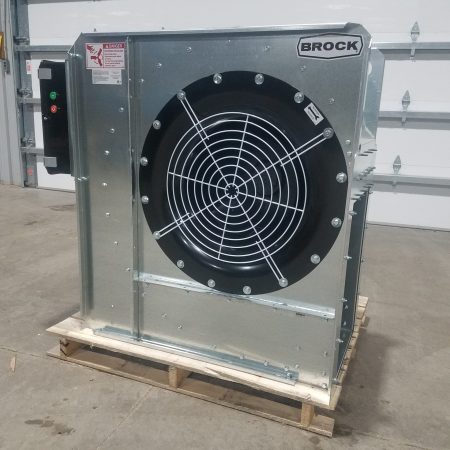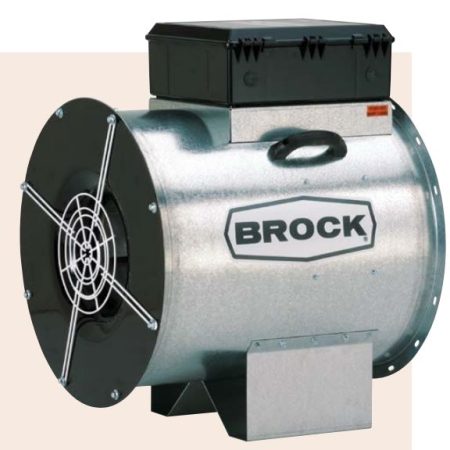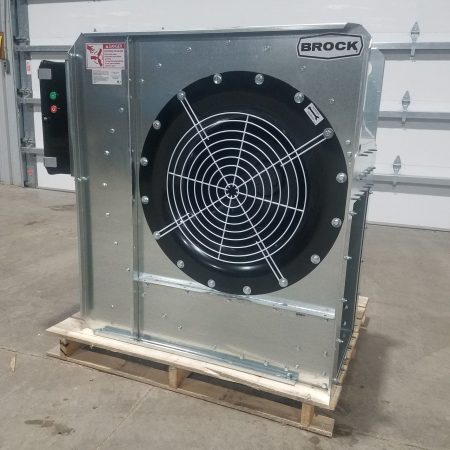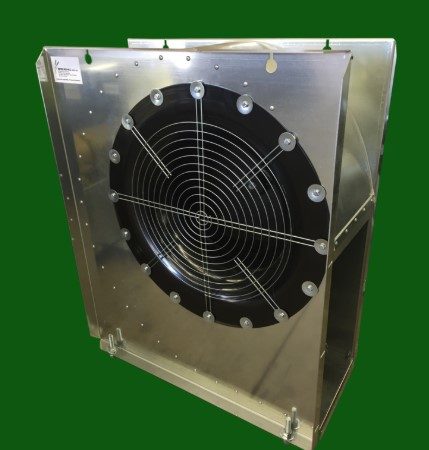Showing all 5 resultsSorted by popularity
-

Brock Low-Speed Centrifugal Fan
Price range: $2,713.91 through $9,512.43Estimated Ship Time: 3-4 WeeksSelect options This product has multiple variants. The options may be chosen on the product page -

Brock In-Line Centrifugal Fan
Price range: $1,752.84 through $3,715.01Estimated Ship Time: 3-4 WeeksSelect options This product has multiple variants. The options may be chosen on the product page -

Sioux Centrifugal Fan
Price range: $2,882.12 through $13,741.75Estimated Ship Time: 3-4 WeeksSelect options This product has multiple variants. The options may be chosen on the product page -

Brock High-Speed Centrifugal Fan
Price range: $1,953.30 through $7,357.06Estimated Ship Time: 3-4 WeeksSelect options This product has multiple variants. The options may be chosen on the product page -

Spread-All Centrifugal Fans
Price range: $3,821.70 through $7,952.34Estimated Ship Time: 2-3 WeeksSelect options This product has multiple variants. The options may be chosen on the product page
Understanding Centrifugal Fans: Reliable Airflow Solutions for Grain Bins and Beyond
Centrifugal fans, also commonly referred to as blowers, are widely used across agricultural, industrial, and commercial environments due to their durability, consistent airflow, and high-pressure capability. On farm sites—especially those with grain bins—centrifugal fans play an essential role in grain conditioning and aeration, where maintaining proper air movement is critical for preserving grain quality and preventing spoilage.
At the heart of their function, centrifugal fans operate by using a rotating impeller or wheel, driven by a motor, to pull air from the surrounding environment into the housing and then push it outward at a right angle from the intake. This mechanism allows for powerful, pressurized airflow, making centrifugal fans particularly valuable in settings where air needs to be moved through resistance, such as bin floors, ducts, or filters.
How Centrifugal Fans Work
The process begins when air enters the center of the fan wheel or impeller. As the impeller rotates, the air is flung outward by centrifugal force—much like water spinning off a wet tennis ball. The air then exits the fan housing at a 90-degree angle relative to the intake, allowing it to be directed through ductwork, ventilation systems, or aeration floors in grain bins.
This perpendicular movement of air distinguishes centrifugal fans from axial fans, which move air in a straight line. It also contributes to one of the key benefits of centrifugal fans: their ability to produce high static pressure, or pressure that resists airflow. This feature makes them well-suited for environments where air must travel through obstructions or restrictive pathways.
Why Centrifugal Fans Are Ideal for Grain Bins
On farms, centrifugal fans have become a popular and trusted technology for managing air quality inside grain storage bins. Their robust design and ability to generate high-pressure airflow make them ideal for pushing air through perforated bin floors and deep grain masses.
Proper airflow inside a grain bin is crucial for:
-
Regulating temperature
-
Controlling moisture levels
-
Preventing mold and mildew
-
Minimizing the risk of insect infestations
Centrifugal fans help achieve these goals by delivering steady and even air movement, even when external conditions change or airflow resistance increases due to compacted grain. Their ability to adapt to different levels of back pressure while maintaining a consistent performance level makes them invaluable during long storage periods and varying harvest conditions.
Additionally, centrifugal fans are known for their low maintenance requirements. Most are equipped with sealed bearings, heavy-duty housings, and durable motors, reducing the need for frequent repairs and extending the fan’s service life even in rugged outdoor environments.
High Static Efficiency and Consistent Performance
One of the reasons centrifugal fans remain so popular in agriculture and industry is their high static efficiency. This refers to the fan’s ability to convert electrical power into usable air pressure with minimal energy loss.
Because of their design, centrifugal fans are better at handling:
-
Ducts and pipes with sharp turns
-
Air filters and diffusers
-
Dense grain or tight bin floors
-
Multiple airflow resistance points
This level of performance consistency ensures that airflow is maintained throughout the entire bin, even if there are obstacles that would otherwise reduce ventilation effectiveness.
Types of Centrifugal Fans
Centrifugal fans come in several types, each designed for specific airflow and pressure characteristics. The main difference between them lies in the shape and orientation of their impeller blades, which affects how much air they move, at what speed, and how much pressure they can build.
1. Backward-Curved Centrifugal Fans
-
These fans feature blades that curve away from the direction of rotation.
-
Known for high efficiency and low noise output.
-
Ideal for applications where consistent, medium-to-high pressure is needed.
-
Often used in grain bins and HVAC systems.
-
Self-limiting in power consumption, which adds a level of energy efficiency and protection against overloading.
2. Forward-Curved Centrifugal Fans
-
Blades are curved in the direction of rotation.
-
Designed for low-pressure, high-volume airflow.
-
More compact but generate more noise compared to backward-curved models.
-
Useful for smaller bins or applications where space is limited but a higher volume of air is needed.
3. Inline Centrifugal Fans
-
Designed to resemble axial fans in shape but function with centrifugal airflow properties.
-
Fit neatly into duct systems, combining space-saving form with high static pressure capabilities.
-
Often used in grain drying systems or in bin-to-bin airflow setups where space and duct compatibility are priorities.
Each type has its advantages depending on the airflow requirements, bin design, and external environmental factors. By selecting the right type of centrifugal fan, farmers and facility managers can maximize aeration efficiency and grain quality preservation.
Quiet Operation and Versatility
Another advantage of centrifugal fans is their relatively quiet operation. Compared to axial fans, which can produce considerable noise due to their high-speed rotation and direct air movement, centrifugal fans operate more quietly due to their enclosed impellers and smoother airflow paths. This makes them suitable for installations where noise reduction is a concern, such as near residences, offices, or indoor agricultural operations.
Their versatility extends beyond farms. Centrifugal fans are widely used in:
-
Industrial ventilation
-
Clean rooms
-
Heating and cooling systems
-
Dust collection units
-
Food processing plants
This broad applicability is a testament to their proven reliability and flexible performance.
Conclusion
Centrifugal fans offer a dependable, efficient, and powerful solution for air movement across a variety of agricultural and industrial applications. Their ability to deliver high-pressure airflow, maintain performance under resistance, and operate with minimal maintenance makes them especially valuable on farms—particularly for grain bin aeration.
By understanding the different types of centrifugal fans and how their blade design affects airflow, you can choose the right fan to meet your operational needs. Whether you’re protecting this season’s harvest or upgrading your site’s ventilation system, centrifugal fans provide the consistent, long-lasting performance you can trust.
